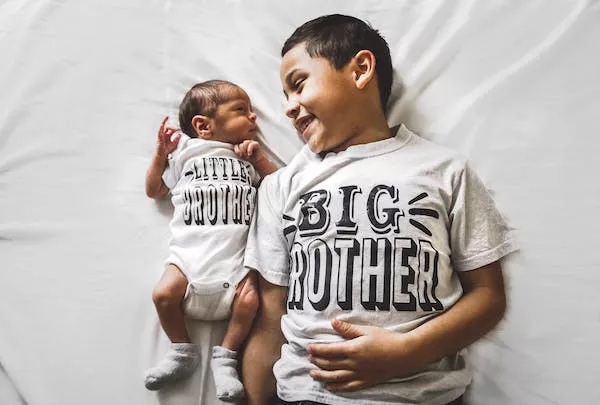As a new parent, ensuring your newborn’s comfort and safety during sleep is a top priority. Dressing your baby appropriately for sleep plays a crucial role in promoting a restful and secure environment. In this comprehensive guide, we will explore essential tips and considerations for dressing newborns for sleep, ensuring their comfort, and reducing the risk of overheating or cold.
Prioritize Safety:
Before delving into clothing choices, it’s important to emphasize safety guidelines when dressing your newborn for sleep:
a) Avoid Loose Clothing: Choose sleepwear that fits snugly but allows freedom of movement. Loose garments can pose suffocation hazards.
b) Opt for Flame-Resistant Materials: Select sleepwear made from flame-resistant materials to reduce the risk of fire accidents.
c) Skip Accessories: Avoid dressing newborns in accessories such as hats, bibs, or jewelry during sleep to prevent choking or entanglement.
Consider Room Temperature:
Maintaining an optimal room temperature is essential for your baby’s comfort. Consider the following guidelines:
a) Temperature Control: Aim for a room temperature between 68-72°F (20-22°C). Use a reliable thermometer to monitor the environment.
b) Layering: Dress your baby in appropriate layers to allow for temperature adjustments. This enables you to add or remove clothing as needed.
c) Assess Clothing Requirements: Adjust the number of layers based on the season and room temperature. Avoid overdressing or underdressing your newborn.
Choose Comfortable Fabrics:
When selecting sleepwear for your newborn, prioritize soft, breathable fabrics that won’t irritate their delicate skin. Consider the following fabric options:
a) Cotton: Cotton is a popular choice for baby sleepwear due to its softness and breathability. Look for organic cotton options to minimize exposure to potential allergens or chemicals.
b) Bamboo: Bamboo fabric is lightweight, hypoallergenic, and offers excellent moisture-wicking properties, making it a comfortable choice for sleepwear.
c) Avoid Synthetic Fabrics: Steer clear of synthetic fabrics like polyester or nylon, as they can trap heat and potentially cause discomfort.
Dressing Guidelines for Different Temperatures:
To ensure your newborn’s comfort during sleep, follow these general dressing guidelines based on temperature ranges:
a) Warm Weather (Over 75°F or 24°C): Dress your baby in a light, breathable onesie or a cotton sleeper. Consider using a lightweight muslin swaddle blanket for added comfort.
b) Moderate Weather (68-75°F or 20-24°C): Choose a comfortable onesie or sleeper with long sleeves. Consider adding a lightweight wearable blanket or sleep sack if needed.
c) Cool Weather (Below 68°F or 20°C): Dress your newborn in a onesie or sleeper made of a slightly warmer fabric like cotton interlock or fleece. Layer with a lightweight wearable blanket or sleep sack to keep them cozy.
d) Cold Weather (Below 60°F or 15°C): Use a footed sleeper made of a warm fabric like fleece or a sleep sack designed for cooler temperatures. Consider adding a thin hat and mittens to keep extremities warm.
Monitor Your Baby:
Regularly check your baby’s temperature by feeling their chest or back of the neck. If they feel sweaty or overly warm, remove a layer of clothing. If they feel cool to the touch, add a layer to ensure their comfort.
Conclusion:
Dressing your newborn appropriately for sleep is essential to promote their comfort, safety, and quality of rest. By following the guidelines outlined in this comprehensive guide, you can ensure that your baby is dressed in suitable sleepwear for different temperatures, allowing them to sleep soundly while minimizing the risk of overheating or cold. Remember, each baby is unique, so monitor their comfort level and adjust clothing accordingly to create an ideal sleep environment.


